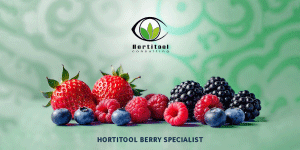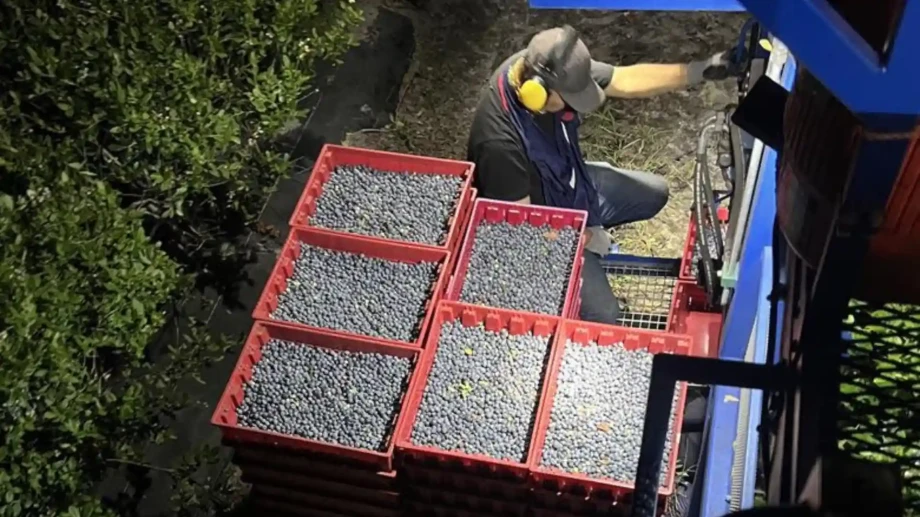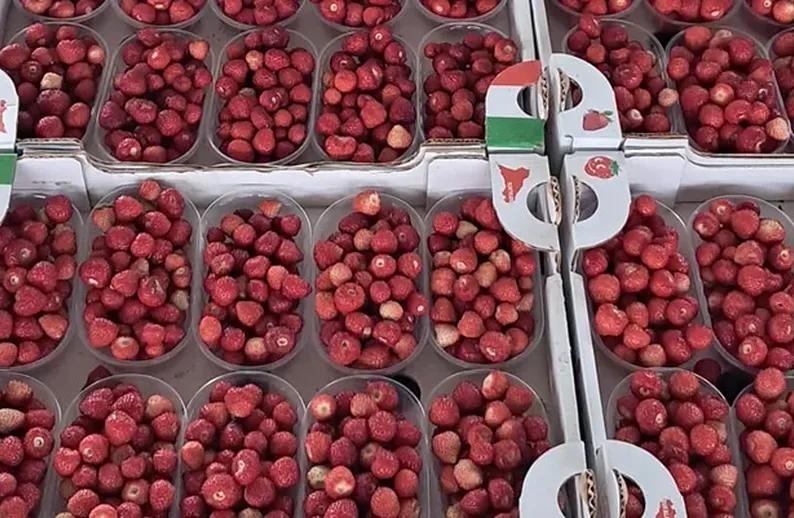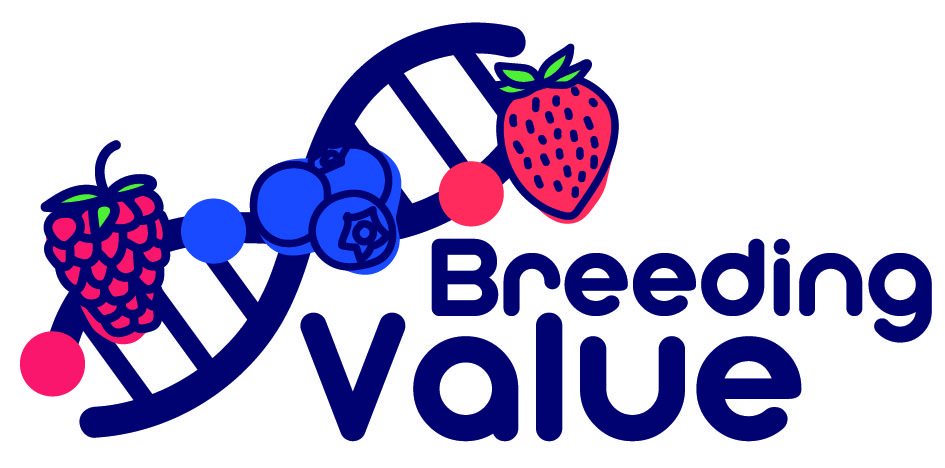In 2000, a violent storm hit Serbia, causing thousands of unripe fruits to fall from the plants. What seemed like an agricultural disaster turned into a revolutionary idea for Momčilo Kokanović, a mechanical engineer and now CEO of Serbian company BSK, specialized in berry harvesting machines.
Observing the damaged fields, Kokanović asked himself a simple yet brilliant question: “If wind can shake fruit off the plant without damaging it, why not replicate this effect in a controlled way?”
From that idea came a unique harvesting technology, capable of mimicking the force of a storm through pulsating air jets. Today, BSK harvesters are used in more than 30 countries for the non-invasive, efficient, and scalable harvesting of blueberries, raspberries, and blackberries.
Nature-inspired technology
The “Air Harvesting Technology” developed by BSK allows for shaking the plant without physical contact, thanks to air pulses calibrated in speed and frequency. The result? Intact fruit and undamaged plants.
But the real strength of the company lies in its continuous innovation: pneumatic cushions absorb the impact energy, preventing bruising, while the comb disk system reduces losses to less than 5%. For more intense operations, such as end-of-season harvests, the finger system increases the power of the action.
Another significant innovation? The ability to independently control air speed and vibration frequency—an evolution that marked a turning point for many blueberry growers.
From Serbian raspberries to global blueberries
BSK's story began with raspberries, a symbolic Serbian product, but quickly shifted toward blueberries for the fresh market. Today, 90% of BSK customers grow fresh blueberries, while only 10% focus on the frozen industry (IQF).
Why? Serbian raspberry farms, often small and located on slopes, are not well suited to mechanization. Blueberries, on the other hand, are grown in larger, flatter fields, making them ideal for maximizing BSK machine efficiency.
A BSK harvester can collect over 500 kg of fruit per hour, replacing the work of about 90–100 seasonal workers. In non-mechanized orchards, farms usually start with 10–15% mechanization in the first year, reaching 60% by the third year. In farms designed for mechanical harvesting, one can start immediately with 50%.
A technology conquering the world
From Europe to Oceania, BSK has expanded its reach to over 30 countries. The United States, in particular, is its main market: in just a few years, BSK delivered more than 40 machines to states like Washington and Oregon.
In the US, where growers are both highly productive and traditional, the company has succeeded by offering local support and an efficient distribution network. Here, about 50% of the blueberry acreage is already harvested mechanically, compared to a much lower percentage in Europe.
In many cases, mechanical harvesting is combined with manual picking: the first passes, destined for premium markets, are done by hand, while machines are used for later harvests.
Next frontiers: optics, software, and new crops
BSK looks to the future and is investing in integrated solutions: optical sorting systems mounted directly on the machines, intelligent software to adjust parameters in real-time, and new applications of pulsating air for harvesting cherries and apples.
In the near future, the Serbian company aims to offer a complete package: from orchard design to hail and sun protection systems, all the way to mechanical harvesting.
But Kokanović offers a word of caution: “Technology cannot replace good agricultural management. Fruit quality depends on how it's grown, not how it's harvested.”
And for those planning new orchards? The advice is clear: plan from the start with mechanical harvesting in mind. Labor and climate challenges will only continue to grow.
Text and image source: fruitnet.com










